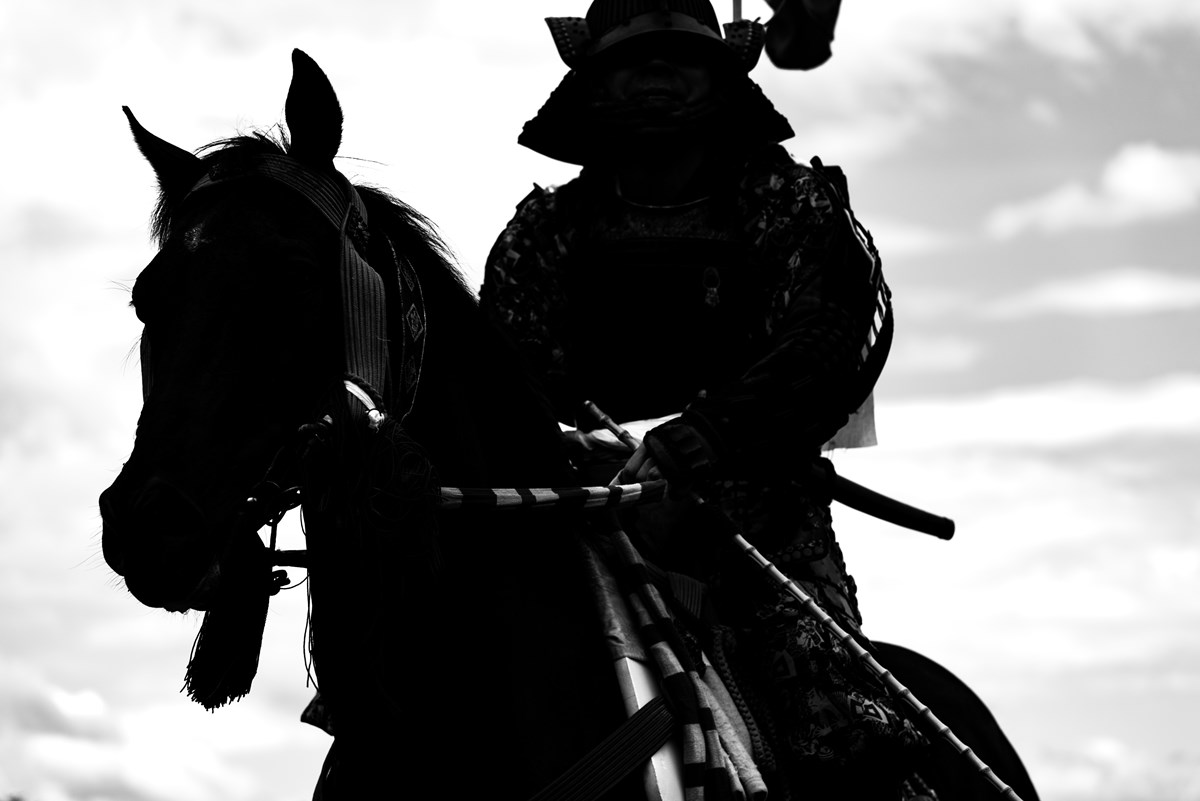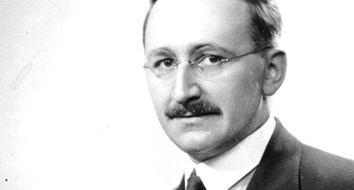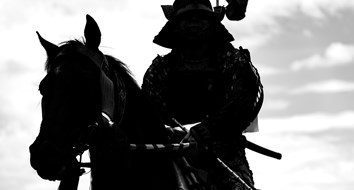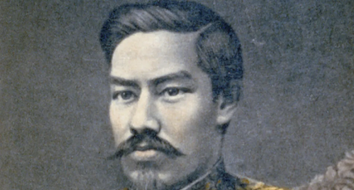Many Americans owe their knowledge of Japanese samurai to filmmakers. Renowned for their discipline and courage, the samurai were the military nobility from the 12th century until the abolition of their class by Emperor Meiji in the 1870s. The armored, sword-wielding warriors figured prominently in James Clavell’s 1975 best-selling novel, Shōgun, and its adaptation into a blockbuster TV mini-series in 1980; the current re-make by the same title on the FX network; and even a few hilarious John Belushi sketches in the early years of Saturday Night Live.
But did you know that at least two of the more famous samurai were not ethnically Japanese at all? One, named Yasuke, was most likely born in Mozambique in southern Africa; the other, William Adams, hailed from Gillingham in the County of Kent, England. In a couple of nutshells, I’ll share their stories here, but first, a little more background.
Samurai origins go back more than a thousand years, but their emergence as the ruling military class dates to the 13th century. By the time they decisively defeated invading Mongols in the 1280s, they dominated the Japanese government and were widely viewed as model citizens and consummate, professional soldiers.
When Japan invaded the Korean peninsula in the 1590s, some samurai were sent there to fight, though Korea successfully repelled Japanese forces. The high-water mark for the samurai was during a civil war shortly thereafter, particularly the pivotal Battle of Sekigahara in 1600. That’s when Tokugawa Ieyasu unified Japan by defeating rival clans, ushering in a period of military dictatorship and domestic peace that lasted until 1868.
Peace, however, meant that there were no wars in which the samurai could fight and win glory. They gradually melted into the Tokugawa bureaucracy and other professions until Emperor Meiji formally dissolved them as a privileged class in the 1870s.
The two samurai I introduce you to now were both anomalies for a rather exceptional reason: Neither was Japanese.
One of them, Yasuke, was a black man from Mozambique. Yasuke’s story is shrouded in legend, but historians know a few things about him with certainty. Clubbed and kidnapped along with many others by members of a rival tribe, he was sold into slavery at the hands of a Portuguese ship captain.
From there he passed into the service of the Italian Jesuit priest and missionary Alessandro Valignano. Acting as a bodyguard, Yasuke accompanied Valignano on his voyage to Japan in 1579. Both men befriended the powerful warlord Oda Nobunaga, who was initially so shocked by the black man’s color (assuming he was “painted” in ink) that he ordered it to be scrubbed out.
When Yasuke emerged from the “cleaning” as black as ever, he earned special respect from Nobunaga and the Japanese people. It surely helped that Yasuke was highly muscled and, with a height of 6′2″, towered over the average Japanese. One account of him stated he was built “like a bull” and possessed “the strength of ten men.”
It is believed that Yasuke spent only three years in Japan. But we know that he learned the ways of a samurai warrior quickly and fought alongside Nobunaga at the Battle of Tenmokuzan in 1582. No one knows for sure when Yasuke died or how, but he seems to have disappeared in that same year.
In 2019, Thomas Lockley and Geoffrey Girard authored a remarkable biography of him titled African Samurai: The True Story of Yasuke, a Legendary Black Warrior in Feudal Japan. Several YouTube videos feature Yasuke’s story as well.
The English navigator William Adams (1564–1620) never met Yasuke but may well have heard about him. Adams was one of the few survivors of a five-ship expedition that left Rotterdam for Japan and arrived in 1600, near starvation after 19 months at sea. For the record books, Adams is known in history as the first Englishman to reach Japan. During the next ten years the Japanese would not allow him and his second mate, Jan Joosten, to leave the country, but the two men made good use of their time there.
Both Adams and Joosten acclimated themselves to the culture and worked their way into the confidence of the Japanese, despite the language barrier that hindered communication with their captors at first. When Adams was taken to meet the warlord Tokugawa Ieyasu at Osaka Castle, Ieyasu was immediately impressed with the Englishman’s knowledge of ships, shipbuilding, and navigation. Four years later, Ieyasu chose Adams to supervise the building of Japan’s first Western-style sailing vessel.
Adams’s friendship with the warlord paid off big-time when Ieyasu bestowed the stipend and privileges of “samurai” on the Englishman. He was even granted a fine estate and, eventually, permission to leave Japan freely and return as he pleased. He took on a Japanese name as a high official in the ruling shogun’s court and helped attract foreign traders to Japan by serving as an advisor and interpreter. Reflecting on his years among the Japanese, he wrote:
The people of this Land of Japan are good of nature, courteous above measure, and valiant in war: their justice is severely executed without any partiality upon transgressors of the law. They are governed in great civility. I mean, not a land better governed in the world by civil policy.
Adams spent the final years of his life engaging in many trading expeditions in Asia and the Pacific, finally dying in 1620 near Nagasaki, where his grave marker can be seen to this day. The acclaimed American actor Richard Chamberlain played John Blackthorne in the 1980 mini-series Shōgun, and the Blackthorne character was loosely based on the life of Adams. Historian Giles Milton wrote a fine biography of him in 2002, titled Samurai William: The Englishman Who Opened Japan.
Fifteen years after Adams’s death, Japan’s military dictator, Tokugawa Iemitsu, issued the Sakoku Edict which officially closed off the country from the world for the next two centuries. The trade that Adams helped develop would not reappear until Commodore Perry forced Japan to open itself up in 1853.
When you next think of the fabled samurai, remember that they were not all native Japanese. Yasuke and Adams were two very notable such exceptions.
Additional Resources:
The Warrior Life of Yasuke: The African Samurai (video)
The English Samurai (video)
African Samurai: The True Story of Yasuke, a Legendary Black Warrior in Feudal Japan by Thomas Lockley and Geoffrey Girard
Samurai William: The Englishman Who Opened Japan by Giles Milton
“How Japan Went from a High Culture to a Samurai Culture” by Lawrence W. Reed
“The Rise and Fall of Japan’s First ‘Enlightenment’” by Lawrence W. Reed





